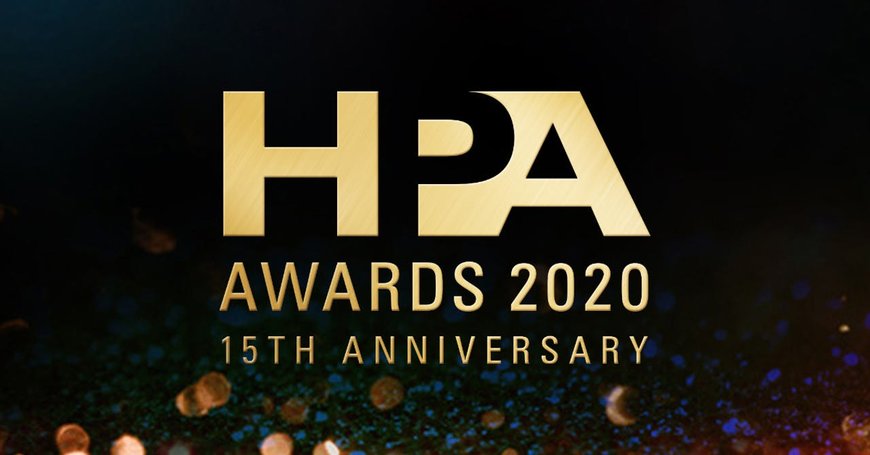electronics-journal.com
22
'20
Written on Modified on
ZEISS Cine Technology Honored by Hollywood Professional Association
ZEISS awarded HPA Engineering Excellence Award for its ZEISS eXtended data, which uses metadata to significantly simplify image processing for film production

ZEISS was awarded the HPA Award for Engineering Excellence 2020 by the Hollywood Professional Association (HPA) for the development of ZEISS eXtended Data (XD) technology. The lens metadata technology was launched with the ZEISS CP.3 XD lenses in 2017. It is also included in subsequent lens series ZEISS Supreme Prime and ZEISS Supreme Prime Radiance and is integrated into Fujinon’s Premista Zooms.
The ZEISS XD technology is built upon existing architecture, called Cooke /i1, which is enhanced with additional information for the postproduction pipeline. All lens metadata is recorded in real-time, such as focus distance, aperture value and depth of field. In addition, accurate information about the lens distortion and shading characteristics is tracked for every single frame as lens settings are changing. The metadata makes it easier to work with visual effects: it takes a few simple clicks to modify the image generated on the computer to fit the lens characteristics, and to then splice it together with the footage to create a realistic image. This streamlines workflows, particularly for VFX and can be adopted to work in real-time for virtual production.
Joachim Zell, Chairman of the HPA Awards Engineering Committee, is delighted that the independent jury has chosen ZEISS as award winner and explained: "I personally used the ZEISS Supreme Prime lenses and their seamless lens distortion metadata transfer to the camera RAW file on two projects already. One was "Stucco", a joint ZEISS / RED production, in spring of 2019 and the other, "Lost Lederhosen" at the end of 2019. Both times we were able to save time and labor, and improved efficiency in the production and postproduction process.”
According to Zell, both projects did contain VFX elements for which normally lens grids and checker board charts would have been shot in order to undo and redo the lens distortion before and after the composition work. “Now that the camera captures the lens distortion metadata per frame and per lens setting, we are able to hand over the needed metadata to the Nuke-based compositor and automatically get to the desired result. Especially during this global pandemic and beyond where we have to be able to be more efficient, ZEISS provides procedures which allow us to adapt modern workflows for our film industry,” Zell continued.
To enable as many users as possible to take advantage of all the benefits, ZEISS has developed free plug-ins for industry leading compositing software. With partners in the film industry, ZEISS developed solutions that can be used to even greater effect with ZEISS eXtended Data in the entire image capture ecosystem. RED DSMC2 cameras as well as the Sony Venice can directly store ZEISS eXtended data in the camera through the interface on the PL mount. Cameras of other manufacturers are compatible through a range of universal external third-party tools via the on-barrel 4-pin connector of the lenses.
www.zeiss.com

